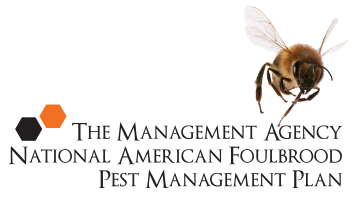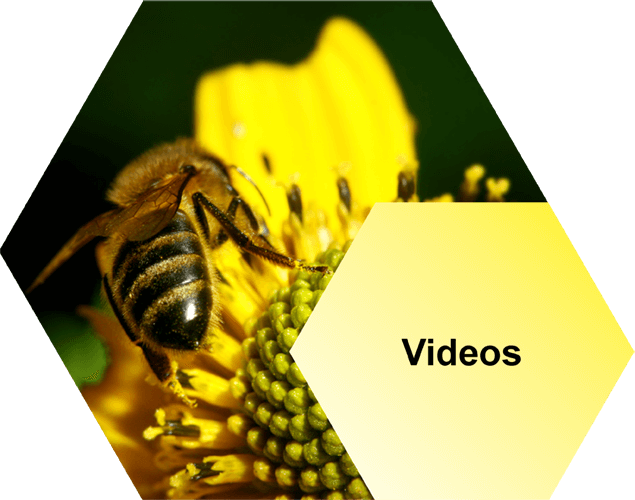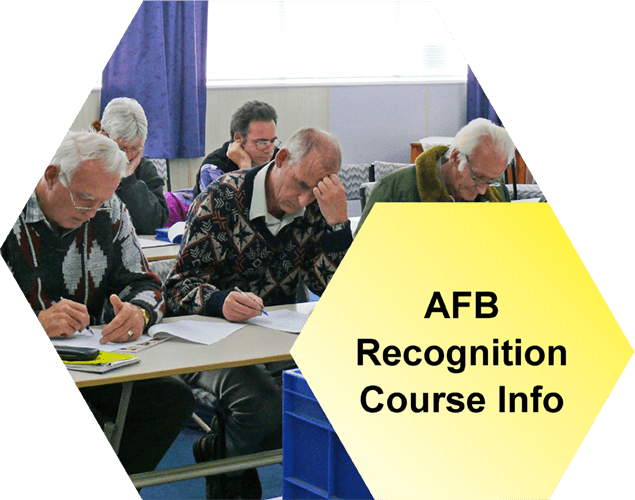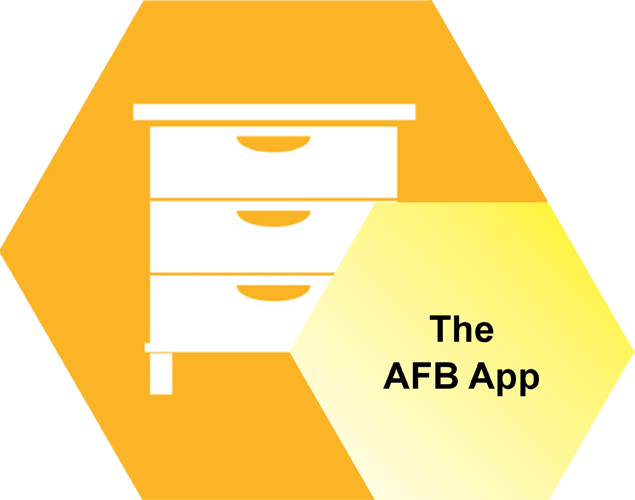Collecting AFB suspect samples
If you think your hive has AFB but you are unsure, please refer to the steps below:
First call your local Operations Manager:
Contact details for Marco Gonzalez & Dwayne Hill are listed to the right.
They will decide the best course of action. This could be either:
- To ask you to send a high-quality photograph(s) of the suspect AFB infected larvae
- To put the hive under Varroa treatment immediately, wait for 20 days and then repeat the AFB inspection
- To get your suspect hive or the suspect frame inspected by an Authorised Person, or a local experienced beekeeper
- To send a suspect sample to the lab
If after the discussions with an Operations Manager, it is decided to do a Lab test, please note that:
- Beekeepers are encouraged to take more than one sample (composite samples) from the suspect hive whenever possible, not just one. This is because the lab can combine samples from the same hive into one and get a more accurate diagnosis. You should collect your suspect brood samples with a toothpick or match (with head removed first) and place it in a small jar or zip lock plastic bag. (Please include your beeper registration number and apiary number with the samples so that it is known where the samples came from.) For example, L3333/2/3 means Beekeeper L3333, apiary MAF site number 2 and hive number 3.
- Keep these brood samples in the fridge to keep it fresh until you are ready to send to the laboratory.
- Send the sample information by e-mail to the Operations Manager who ask you to collect the samples as soon as possible.
- The Operations Manager will send you by e-mail a completed authorized sample submission form for the sample.
- You need to print this submission form and send it with the sample by courier to the nominated lab immediately, except Fridays, so that they will receive it on a weekday to avoid the samples sitting in a courier’s depot over a weekend.
- Once the results are known, the Lab will send both you and the Operations Manager results of the test.
- The Operations Manager will contact you after receiving the test results only if the test result returned positive. This is to ensure you get advice on the best Management options that will help you to eliminate AFB from your operation. Please note that the test is used to confirm AFB in the tested sample, but cannot be used to deny the presence of AFB in a colony.
Tips to interpret the lab test results and what happens next:
Paenibacillus larvae isolated = Positive = it means your hive is infected and the hive an any associated beekeeping gear to this hive must be destroyed. You will receive a call from an Operations Manager in relation to this finding.
No Paenibacillus larvae isolated = Negative it means the submitted sample was negative but the colony may still be infected with AFB. An Operations Manager won’t call you, but you can still contact them if you need further advice.
Marco Gonzalez
National Operations Manager (Southern Region)
Email: [email protected]
Phone: 0800 232 767 | DDI: 03 926 3240
Dwayne Hill
National Operations Manager (Northern Region)
Email: [email protected]
Phone: 0800 232 767 | DDI: 06 928 4137
Inspecting a hive for AFB
Take the AFB 5 minute quiz
How well do you know what you need to know about AFB and beekeeping? Take our short quiz and find out.
Videos
Our videos cover everything from your legal obligations to how to recognise AFB, collecting cell and bee samples and more.
Symptoms
There’s a lot of good information here, telling you everything you need to know about recognising AFB: the visual symptoms, smell of AFB and more.
Inspection and Diagnosis
Successfully eliminate AFB by telling the difference between symptoms of AFB and other brood diseases in the hive. We tell you the best methods for inspecting your hives.
The Law
New Zealand beekeepers have a number of legal obligations that must be met regarding AFB disease. Read the shortened list in summary, here.
Elimination
Most hives become infected because bees, honey or equipment have been put into a hive from another hive that is infected with AFB. Lower your chances of an AFB infection by reading this section.
AFB Recognition Course Info
Find out when the next AFB Recognition and Competency Courses, or Refresher Courses are available. These are held throughout the year in various New Zealand locations across the South Island and North Island.
The AFB App
Follow the link below to open the App. Once open to save to your device you need to bookmark the URL on your phone so you can find it easily again. Please click here to open.









